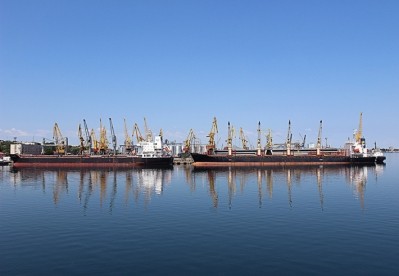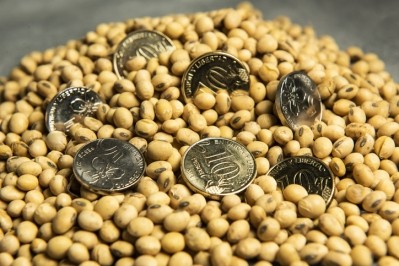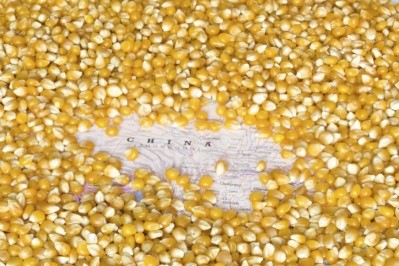Agri-commodity tracker: Wheat prices to remain elevated, China to reduce reliance on US and Ukraine for corn, rapeseed supply tightness to ease

“2022 has been a roller coaster ride for wheat markets.
“Looking ahead, we forecast marginal upside in wheat markets heading into Q1 2023 as multiple supply risks remain, before coming under pressure later in the year, but we still expect prices to remain historically elevated as the 2023/24 season approaches.”
Russia’s invasion of Ukraine has been the defining moment of the year, with initial supply unknowns followed by a highly successful grain corridor, which has been responsible for 14.4Mt of grain exported out of the war impacted Black Sea since August - corn 6.2Mt, wheat 4.1Mt. “However, even though markets have unwound the war risk premium since June and prices are trading right back where we started the year, plenty of risks remain.”
Looking to harvest 2023, the analysts forecast that the supply of wheat from Ukraine and Russia will be reduced for the 2023/24 season. “It remains doubtful that there will be a meaningful expansion in area for either the US or EU to make up for loss Black Sea output. Even further ahead, the run of consecutive record Australian crops risks coming to an end as the strength of La Nina fades away, heralding an end to the wetter Australian conditions, which previously benefitted Australia’s wheat production.”
Bearish outlook for corn
Shifting to corn and the CRM Agri team maintains a bearish outlook for that commodity for 2023. “But the strength of this bearish outlook is easing and there is a great deal of reliance being placed on the yet to be planted Brazilian second corn crop.”
China can now import from Brazil
Until this month, the US and Ukraine have been the only two major suppliers of corn for China. “But, in a very timely manner, China has now come to a phytosanitary agreement with Brazil enabling the importing of large volumes of Brazilian corn, easing its reliance on US and Ukrainian corn. In a season when the war in Ukraine has had a devastating blow to not only production, but the capability to export, China’s newfound ability to import Brazilian corn has pulled the rug out from under the US corn market and the US may need to diversify its buyers list to fill the gap of lost Chinese purchases.”
Soybeans bucking the trend
Soybean markets continue to buck the trend of lower global grain prices due to strong Chinese demand amid tight stocks, said the grain and oilseed market commentators.
“Soybean markets entered 2022 in a bullish upward trend, driven by La Nina induced drought in South America and high demand being placed on tight US soybean stocks. Our outlook is for only marginal pressure into Q1 2023, forecasting an average of $1,450/Bsh, before easing as Brazilian supplies become available.”
Although both fertiliser and fuel prices have pulled back from their 2022 peaks, both remain highly elevated and, in CRM Agri’s view, the consequences of a divergence in cost of production will be a larger area of soybeans, at the expense of corn.
Rapeseed supply tightness to ease
Looking back over the last year, rapeseed markets have recorded extraordinary volatility, initially on a bullish upward trend at the start of the year due to the impacts of drought in Canada that had previously defined the 2020/21 season.
“Going forward, we expect global [rapeseed] supply tightness to ease further and prices to continue to trend lower throughout most of next year—pencilling in a Q1 price average of €550/t ($585/t).”











